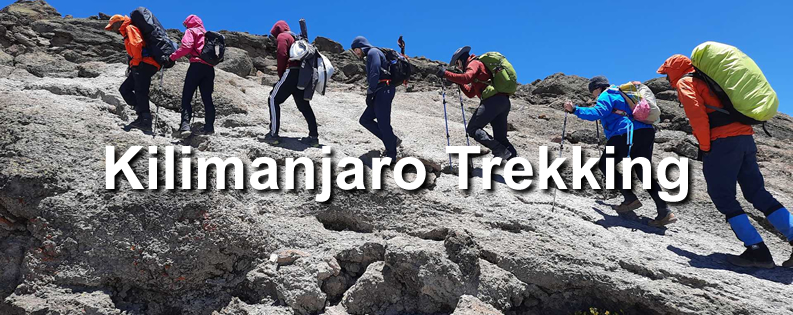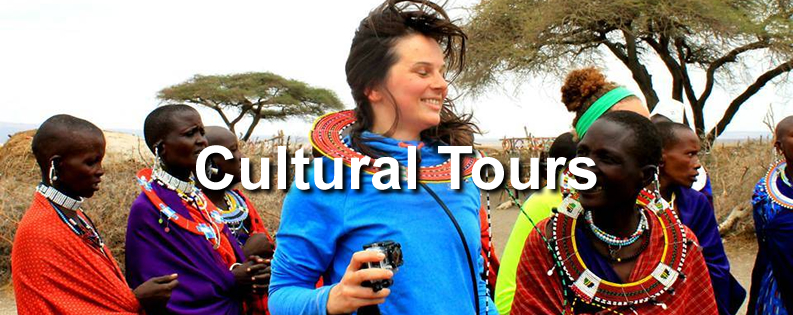Safari Photography for Beginners: Capture the Wild Beauty of Nature
Introduction: Unleashing Your Inner Photographer
Imagine standing on the edge of the Serengeti, the golden grass swaying gently in the breeze, and the sun setting behind a silhouette of acacia trees. The sounds of the African wilderness envelop you, and in that moment, you realize you want to capture this beauty forever. Safari photography isn’t just about snapping pictures; it’s about telling a story and immortalizing the wild essence of nature. If you’re a beginner eager to learn how to capture stunning images during your safari adventures, you’ve come to the right place.
In this blog post, we’ll explore essential tips and techniques for novice photographers, ensuring your safari photos reflect the awe and wonder of the natural world. So grab your camera, and let’s embark on this creative journey together!
1. Essential Gear for Safari Photography
When it comes to safari photography, having the right equipment can make a world of difference. Here’s what you’ll need:
Camera
While DSLRs and mirrorless cameras are popular among seasoned photographers, beginners can also use high-quality compact cameras or smartphones. The key is to choose a device you’re comfortable with.
Lenses
If you’re using a DSLR or a mirrorless camera, invest in a good zoom lens. A focal length of 200mm to 600mm allows you to capture distant wildlife without disturbing them. A wide-angle lens is also beneficial for landscape shots.
Tripod or Monopod
Stabilizing your camera is crucial, especially in low-light conditions. A lightweight tripod or monopod can help you achieve sharper images.
Extra Batteries and Memory Cards
Wildlife photography often requires patience, so ensure you have enough memory and battery life to keep shooting throughout the day.
2. Understanding Light and Composition
The Golden Hour
The best time for safari photography is during the golden hour—just after sunrise and just before sunset. The soft, warm light during these times enhances the colors and textures in your images, making them more captivating.
Composition Techniques
Learn the basic principles of composition to create stunning photographs. Use the rule of thirds to place your subject off-center, leading the viewer’s eye into the frame. Experiment with framing, leading lines, and negative space to add depth to your shots.
3. Capturing Wildlife: Patience is Key
Wildlife photography requires a lot of patience and understanding of animal behavior. Here are some tips to improve your chances of capturing that perfect shot:
Stay Still and Observe
Animals are less likely to approach if they sense movement. Stay still and quiet, allowing wildlife to become accustomed to your presence.
Be Ready
Wildlife is unpredictable. Always have your camera settings adjusted based on the environment and be ready to capture spontaneous moments. Continuous shooting mode can help you snap several shots in quick succession.
Focus on the Eyes
A close-up of a wild animal’s eyes can convey emotion and connection. Focus on the eyes to create powerful, striking images.
4. Telling a Story Through Your Images
Great photography tells a story. Think about the narrative you want to convey with your images:
Capture the Environment
Don’t just focus on animals; capture their habitats, too. Wide shots that include the landscape can provide context and showcase the majesty of nature.
Document Behavior
Try capturing animals in action—hunting, playing, or nurturing their young. These moments provide insight into their lives and add depth to your storytelling.
5. Editing Your Safari Photos
Post-processing can elevate your safari images to new heights. Here are a few tips:
Crop and Straighten
Use editing software to crop away distractions and straighten horizons. This can significantly enhance your composition.
Adjust Lighting and Color
Correct the exposure, contrast, and saturation to make your images pop. But remember, natural beauty is best—avoid over-editing!
Share Your Work
Don’t forget to share your stunning safari images on social media or photography platforms. Engaging with a community of photographers can be incredibly inspiring.
Conclusion: Embark on Your Safari Adventure with Authentic Vacations Adventures
Embarking on a safari is a transformative experience, and with these photography tips in hand, you’ll be well on your way to capturing the beauty of the wild. Remember, every photograph is not just an image; it’s a memory that allows you to relive your adventure.
For the ultimate safari experience, consider booking your tours and safaris with Authentic Vacations Adventures, a prominent tour operator in Arusha, Tanzania. Their expert guides will not only take you to the best locations for wildlife encounters but will also help you understand the landscape and its inhabitants, enhancing your photography journey.
So, pack your bags, grab your camera, and get ready to create unforgettable memories! Happy snapping!









